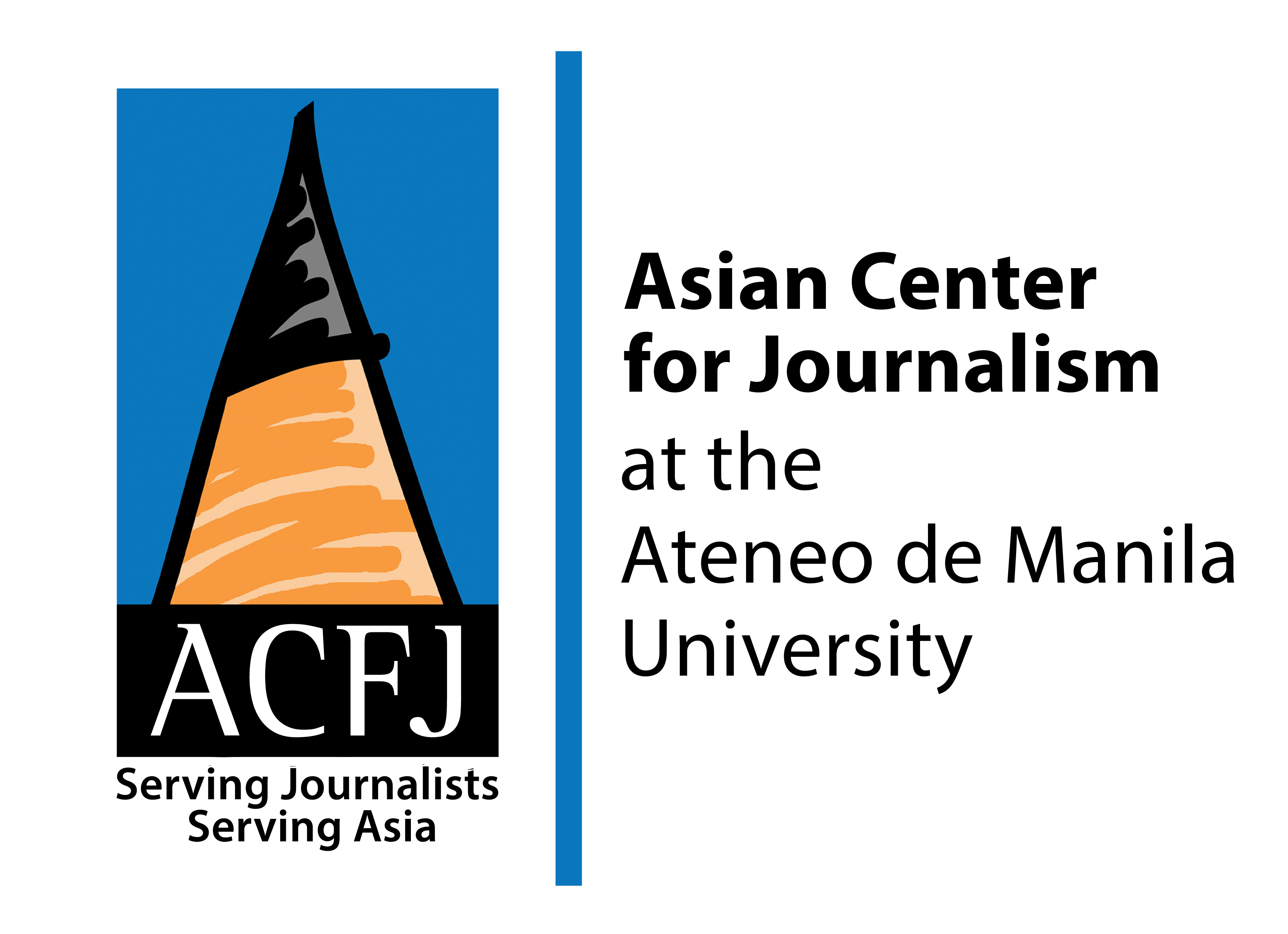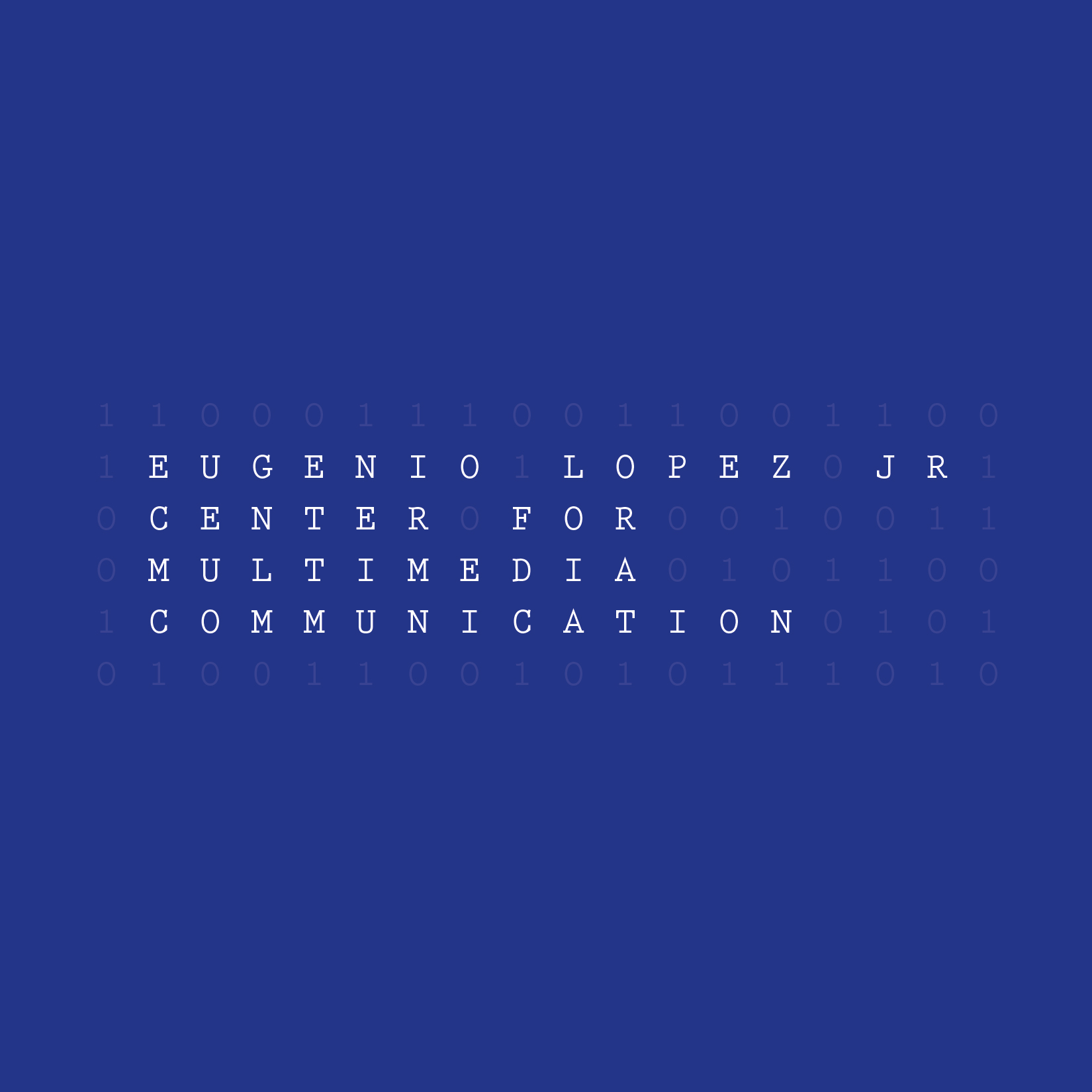Tugaya, Lanao del Sur—There is now almost no trace of the bustling and crowded shopping complex that was Marawi City’s Padian, but it was once home to traders and artisans who sold brass, metalware, woodworks and woven material that are emblems of Meranaw culture and craftsmanship.
Most of the handicraft, if not all, originated from their hometown Tugaya on the shores of Lake Lanao some 45 minutes’ drive from Marawi.
When the city was besieged by armed conflict in 2017, Padian was among the 24 barangays that sustained shelling and bombing, causing the Tugaya traders and craftsmen to lose millions of pesos in inventories. Yet two years later, some of them have declined to seek compensation for their loss, saying they are recovering through sheer hard work and the brand of entrepreneurship the Meranaw are known for.
Sixty-two year old craftsman Alex Unte used to rent a stall in Padian where he sold intricately carved wood and metal products he calls “antiques.” His inventory included a collection of baur or wooden chests of various sizes, and sundang, the Muslim bolo. He estimated he left behind an inventory worth at least P1.5 million.
Unte said there were around 100 Tugaya craftsmen who either owned or rented property in Padian.
When the siege broke out, Unte and his workers fled Padian and left everything, including some cash and expensive pieces, thinking their absence would be temporary.
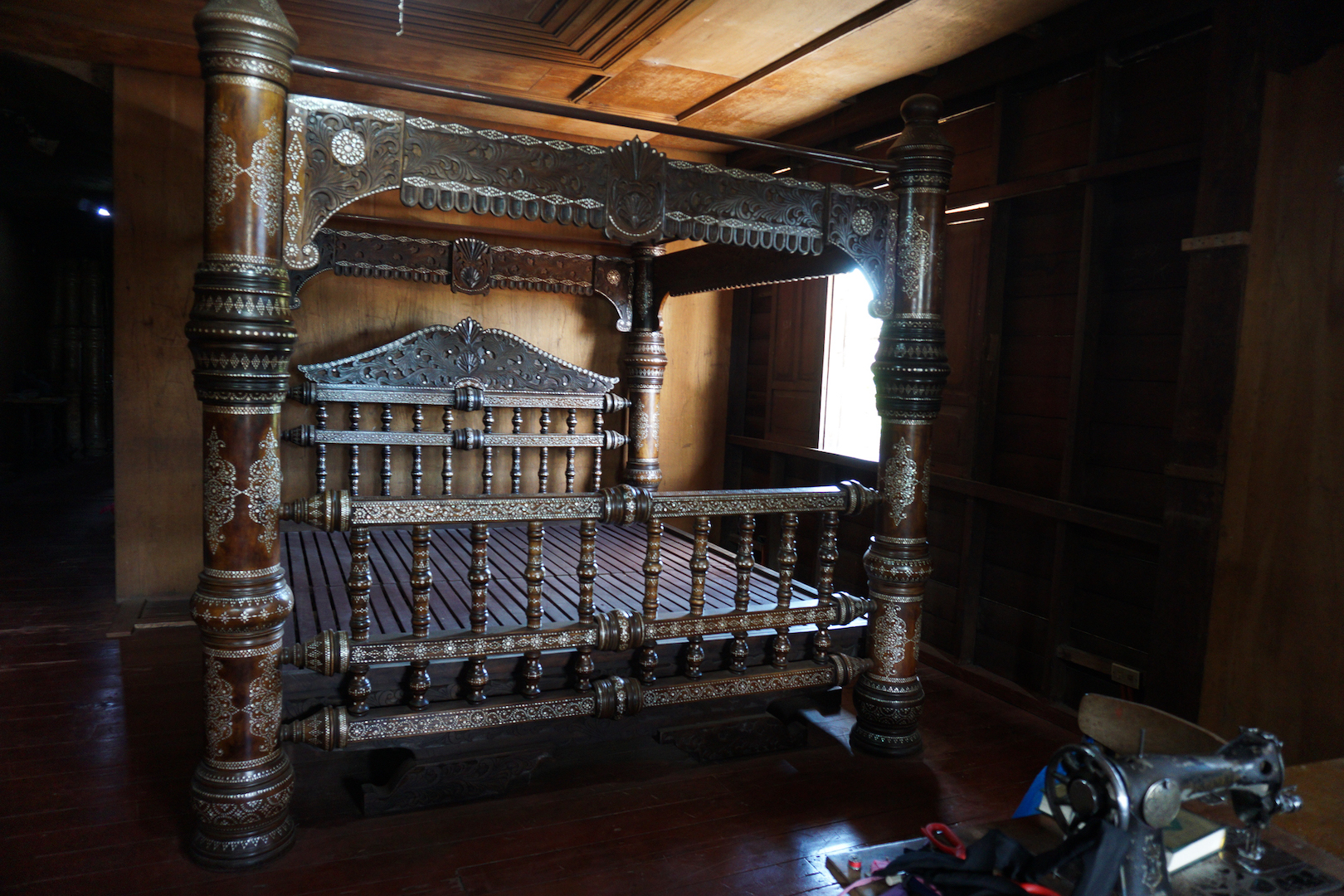
“Akala namin mga three days lang, kasi karanasan namin pag may putukan, three days lang. Hindi namin alam makakaabot pala ng one year (We thought it would only last three days because in our experience of conflict, it usually lasts only three days. We didn’t know it would last a year),” Unte said.
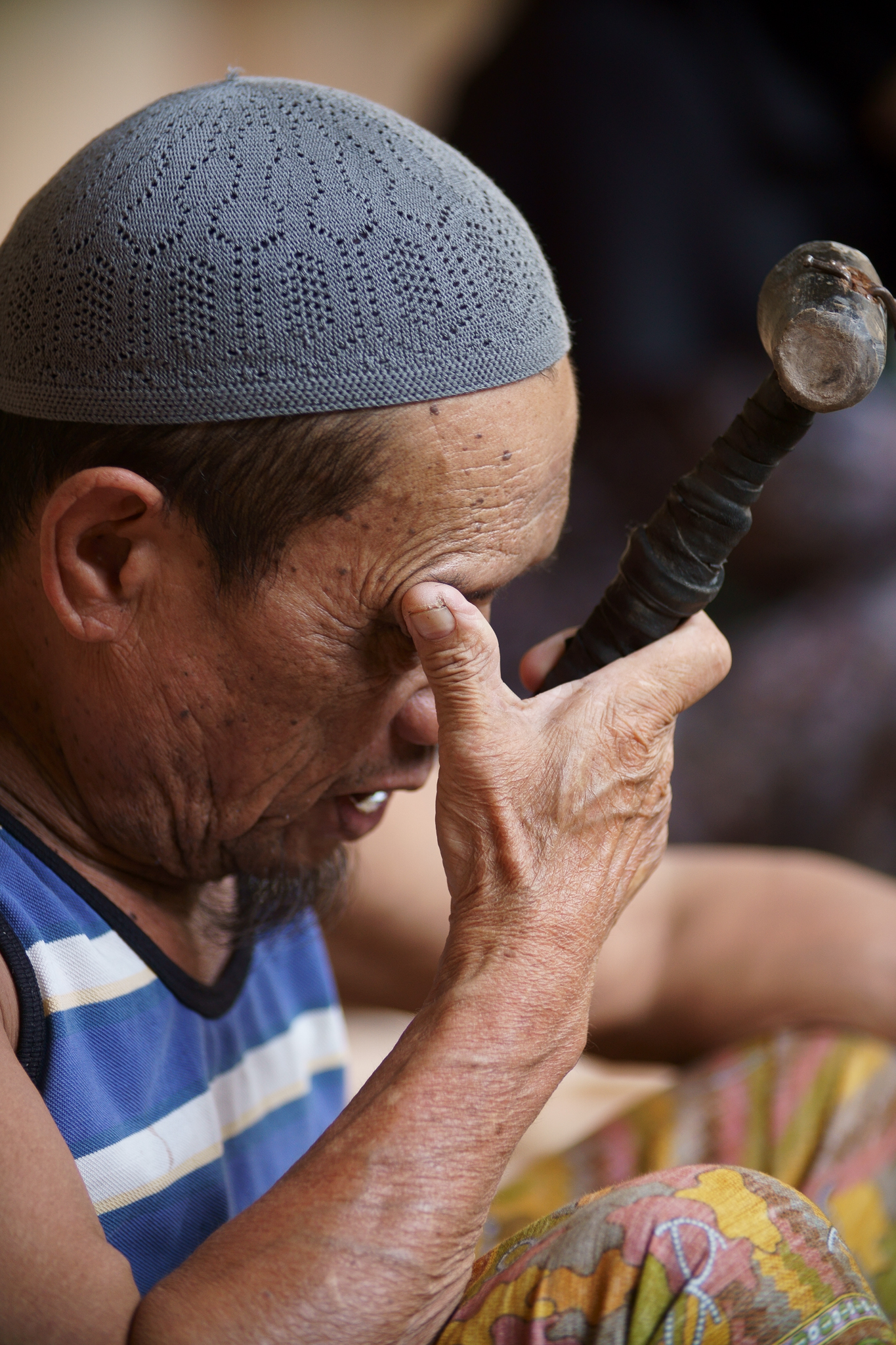
The siege actually lasted five months, but two years since then, home and business owners have been prevented from returning to Padian, except for brief visits supervised by soldiers. The government has said residents of Padian and the rest of Marawi’s Most Affected Areas will have to wait while the military and government contractors are able to clear the area of unexploded ordnances left over from the siege of 2017.
And while the government has assured Padian residents of compensation and resettlement, it has prioritized property owners and required proof of identity and ownership. Renters like Unte are the last priority.
Unte now opts to stay in Tugaya, where he said he and his family are recovering financially from the tragedy that was the Marawi siege. “Okay lang kami dito (We are okay here),” Unte said. (Hindi na kami babalik doon. dito na lang. Nakakaraos naman kami (We will never return there. We’ll stay here. We survive here anyway).”
No longer renting space and now selling from home, some Tugaya craftsmen said they spend less on overhead expenses and earn more.
Tugaya is a fifth class municipality on the northwest side of Lake Lanao. Practically every home in Tugaya produces or sells one type of traditional craft or another, whether it be the traditional garment malong, or the indigenous knife called kris.
Once nominated to be on the list of UNESCO’s World Heritage Sites, Tugaya has seen been removed and placed instead in the tentative list of UNESCO’s places of Intangible Cultural Heritage.
Considered part of Meranaw intangible culture are the heirloom skills in wood, horn and ivory carving handed down from generations. A common feature of their work is the okir, the curves, circles and spirals, etched with flourish by carvers, according to Abdullah Madale in his book, The Maranaw, Dwellers of the Lake.
“When a carver starts to work on an article, he usually concentrates on it with patience, skill and ingenuity,” Madale wrote.
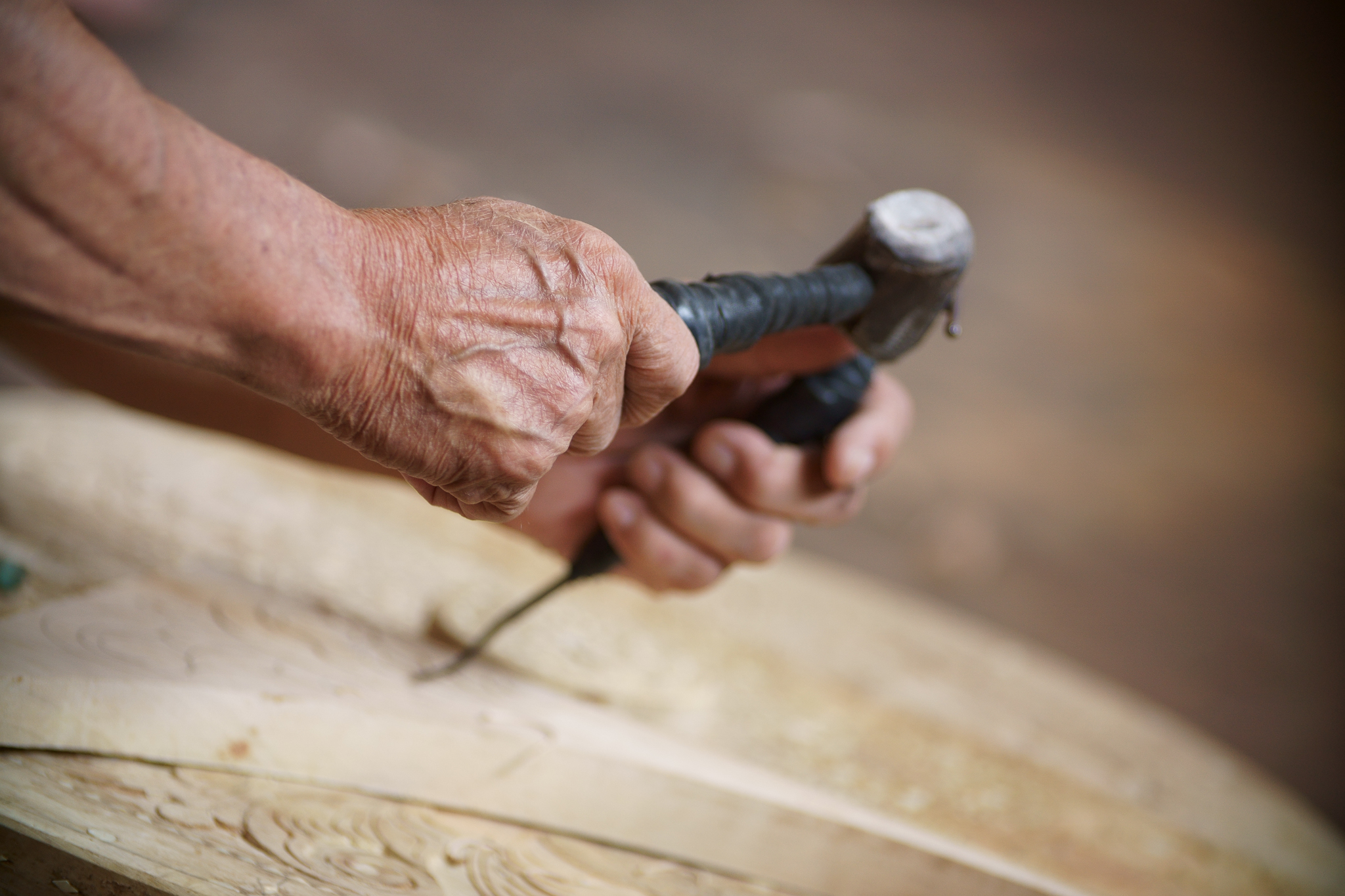
But while carving is a skill common to all Meranaws, Madale said brasswork and metalcraft is a specialization of the people in Tugaya.
Charles K. Warriner, in an article titled “Notes on the Meranaw” for the Mindanao Journal of the Mindanao State University in the mid-1980s, wrote about what he called the “diverse technologies” of the Meranaw, developed over centuries resisting Spanish and then American colonizers.
“They have an elaborate metal-working tradition for the manufacture of weapons (swords and knives), household goods (jars, pans, containers, cooking implements) and decorative materials (gold and silver jewelry),” Warriner wrote.
“Brass and copper, more than iron and steel, along with gold and silver appear to be the materials of long usage and more developed artisanry,” he added.
Woodcarving, meanwhile, is used for construction and “decorative arts.” Ornate wooden detailing can be found in the traditional Meranaw home called torogan, as well as storage containers, four-poster beds, dressing tables and even chess tables sold today by artisans in Tugaya.
Weaving, Warriner wrote, is an old art that used highly specialized looms. A visitor to Tugaya is like to be offered malongs that contained swaths of traditional weave blended with cloth.








